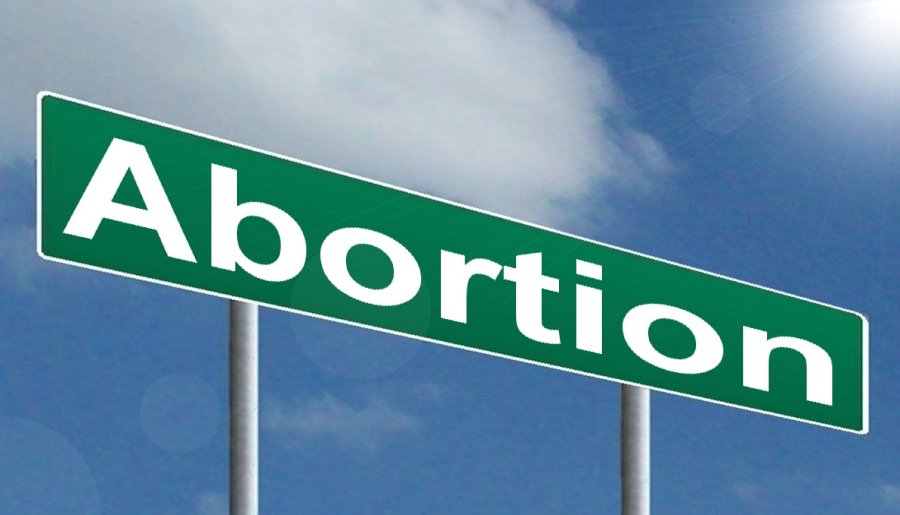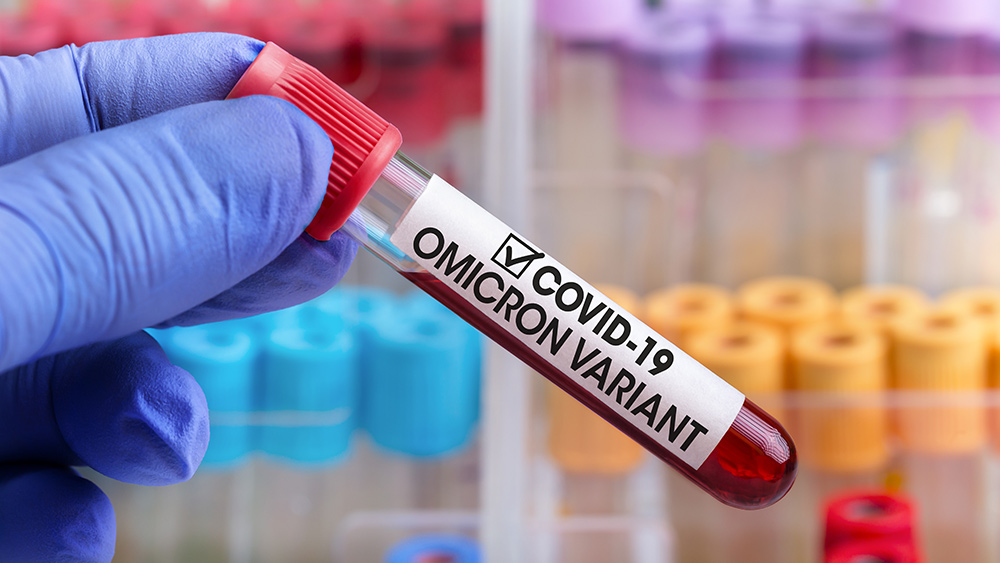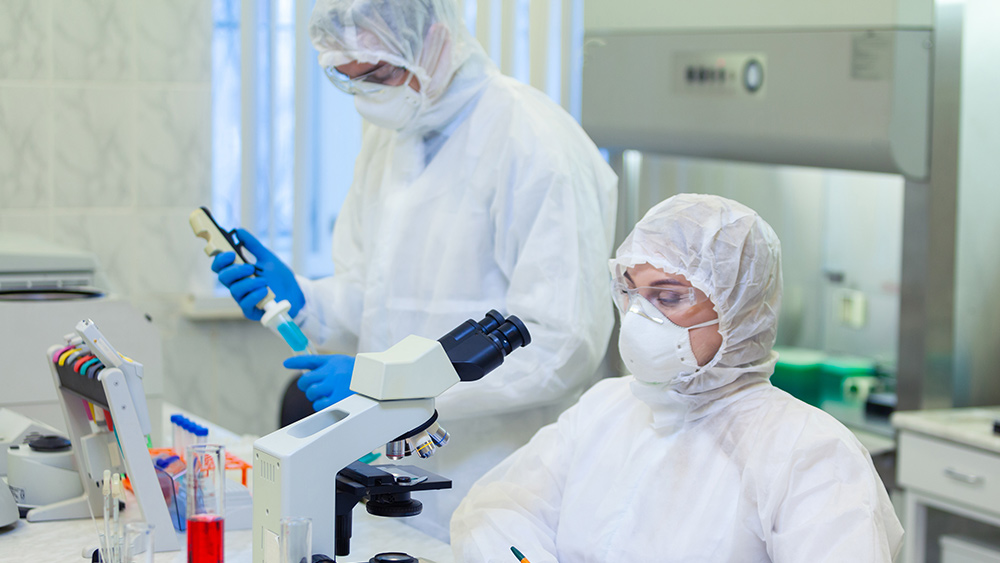More contagious COVID-19 variant detected in at least 10 states, claim the same medical “professionals” who have been LYING to us all along
02/01/2021 / By Divina Ramirez

The highly contagious variant of SARS-CoV-2 first seen in the U.K. last December has been detected in at least 10 states in the U.S. this month, claim medical professionals who have proven themselves to be liars. The variant, called B.1.1.7, is linked to a total of 144 infections, according to the latest numbers from the Centers for Disease Control and Prevention (CDC).
In a recent report, the CDC stated that B.1.1.7 could potentially increase the U.S. pandemic trajectory over the next few months. Thus, increased compliance with mitigation strategies, such as the use of masks and social distancing, is essential. The CDC also stated that higher vaccination coverage might be needed.
The new variant was first detected in the U.K. last December. It has now been detected in over 30 countries, as per the latest report from the CDC.
Highly transmissible variant threatens to overwhelm U.S. hospitals
With the pandemic showing no signs of letting up and a vaccination program that’s off to a rocky start, the U.S. has welcomed the new year with a bleak first month.
The CDC has warned that there is a “full resurgence” in major population centers. In its bleakest report yet, the agency said that the nation may see 92,000 coronavirus-related deaths in less than a month in light of how things are going.
In California, one of the states found to have infections linked to the new U.K. variant, many counties were hit hard, with most hospitals reporting that they are fast running out of room in intensive care units.
On Jan. 16 alone, 253 people died of COVID-19. But with B.1.1.7 confirmed to be circulating in the state, many health experts fear those numbers may rise and threaten to overwhelm hospitals that are already strained. Coincidentally, the first confirmed case of the new U.K. variant in California was reported on Jan. 16.
The new variant is believed to be 50 percent more transmissible than the initial “version” of the virus. A study published on Jan. 15 in the Morbidity and Mortality Weekly Report stated that given the variant’s highly transmissible nature, it may likely drive a surge in U.S. cases and even outpace other known variants.
The CDC still has no new mitigation strategies to offer. In its report, the agency said that strategic testing of people without symptoms of COVID-19 but who may face an increased risk of infection, provides an opportunity to limit transmission of the virus.
Currently, state health departments are keeping an eye on the new variants. (Related: Mutation has caused the coronavirus to become more contagious but less deadly, says new study.)
Japan detects another strain in travelers from Brazil
Japan reported last week that it has detected another variant in four travelers arriving from Brazil. The strain was different from those detected in the U.K. and South Africa, which drove a surge in cases in both countries.
Takaji Wakita, head of Japan’s National Institute of Infectious Diseases (NIID), said that there is still no proof that the new variant is more infectious. The variant had 12 mutations. One of these mutations can be found in the U.K. and South Africa variants so Japan’s variant might be more infectious as well.
Three of the four travelers who arrived in Japan on Jan. 2 showed symptoms – a man in his 40s had breathing difficulties, a woman in her 30s had a headache and a sore throat and a teenage male had a fever. The fourth traveler, a teenage girl, did not show any symptoms.
The four people tested positive for the coronavirus while quarantined at the airport. The new variant was then detected after the NIID conducted a more detailed examination.
Japan health authorities also reported that the new U.K variant was detected in three people who came into close contact with a man infected with that strain.
Read the latest updates on the coronavirus pandemic at Pandemic.news.
Sources include:
Tagged Under: B117 variant, Centers for Disease Control and Prevention, coronavirus, covid-19, pandemic, superbugs, viral infections
RECENT NEWS & ARTICLES
COPYRIGHT © 2017 OUTBREAK NEWS





















